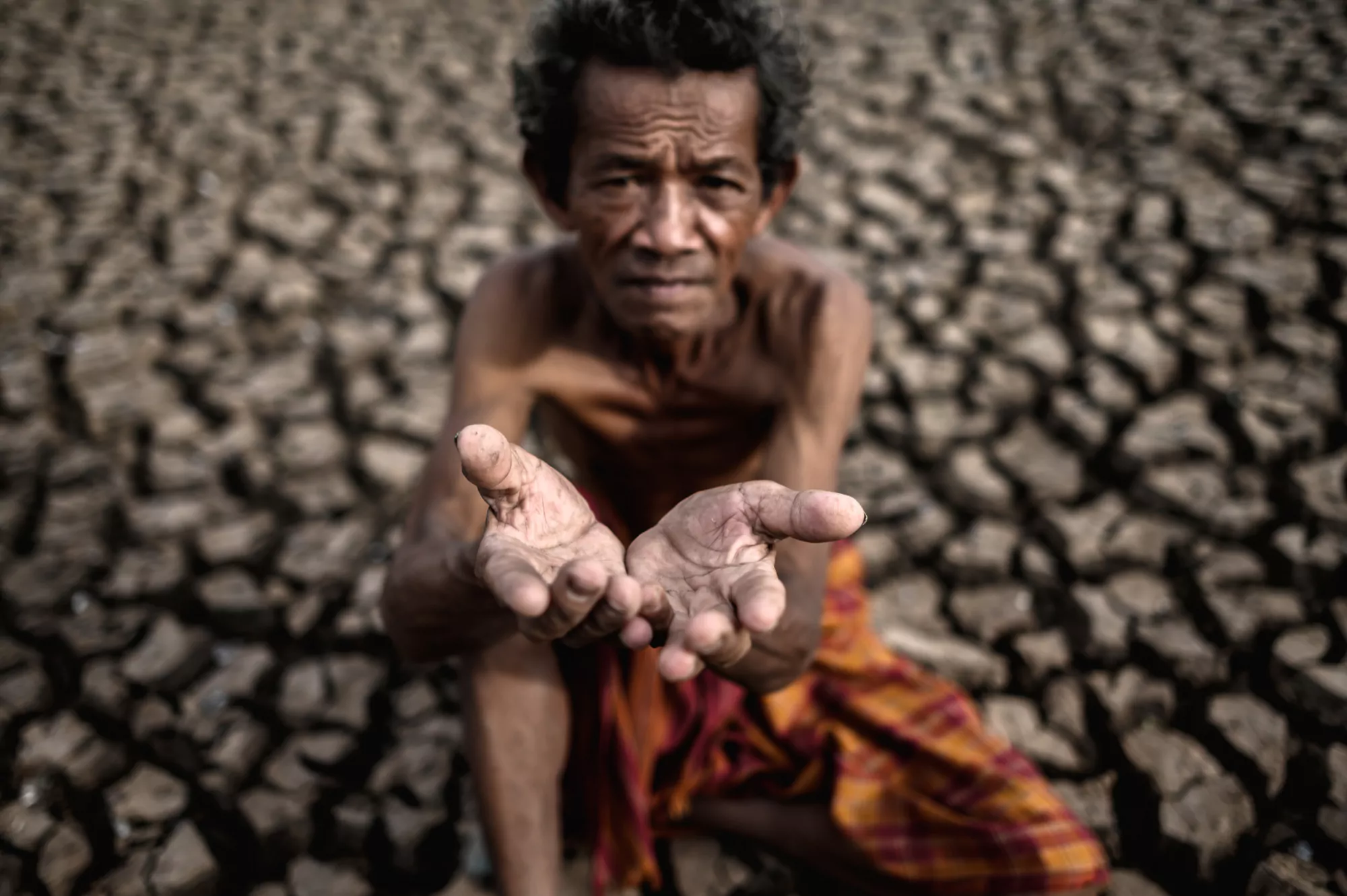Abstract
Water scarcity in China has emerged as a critical barrier to the nation’s sustainability, influencing human livelihoods, ecosystem dynamics, and socio-economic progresses. While prior investigations have probed various aspects of this challenge independently, comprehensive analysis has often eluded scholars, particularly regarding the nexus of water quality and the efficiency of existing remedial measures. The study embarked upon by Li Meishui and cohorts delves into this conundrum, harnessing an improved methodological framework that encapsulates both water quality considerations and multi-pronged solutions, such as inter-basin water transfers and unconventional water sourcing. The findings, derived from a meticulous monthly evaluation over a five-year benchmark period, illuminate the plight of China’s populous and underscore the imperative of integrating quantity and quality solutions for a sustained alleviation of water scarcity.
Introduction
In what represents a substantial leap in environmental research, a study authored by Li Meishui et al., published in the esteemed Environmental Research journal and bearing the DOI: 10.1016/j.envres.2024.118191, provides an incisive exploration of China’s burgeoning water scarcity predicament. The paper scrutinizes the scenario through the prism of surface water quality alongside multiple pre-existing resolutions, thereby extending the discourse beyond conventional analyses. Its relevance is amplified against the backdrop of over 777 million individuals grappling with water scarcity at various junctures across the annual cycle.
Methodology and Results
Li’s approach pivots around an enhanced assessment criterion that propounds a high spatial and temporal resolution, mapping out China’s water scarcity from 2014 to 2018 on a monthly scale. Utilizing a geographic detector model, the study pulls into focus the driving constituents of water scarcity, identifying agricultural water consumption and substandard water quality as the principal culprits. Through penetrating the multifaceted solutions – inter-basin water transfers, unconventional water uses, and ameliorating surface water quality – the study reveals potential respite for an overwhelming majority of China’s population.
Notably, the comprehensive inspection revealed that the synchronicity of water quantity and quality initiatives is imperative. Although these measures have pivotal roles to play, the study soberly concludes that they are deficient in eradicating water scarcity comprehensively, particularly in the beleaguered northern regions of China. Consequently, this highlights the intrinsic complexity of the issue at hand and the need for innovative strategies.
Discussion
Given the imperative of water security within China’s developmental matrix, the implications of Li Meishui et al.’s revelations are profound. The study’s sagacity resides not just in the character of its findings but also in the methodology employed – a harmonized assessment of water scarcity that accounts for both quality and quantitative dimensions. It invites a rethinking of water scarcity’s confluence with socio-economic determinants and ecosystem vitality, fostering a discourse that paves the way for multi-scalar solution development.
Conclusion
The trailblazing study by Li Meishui and colleagues heralds a clarion call for an integrated approach toward resolving China’s water security crisis. The high-resolution insights and the comprehensive collation of potential solutions present a blueprint that beckons policy makers and stakeholders.
Keywords
1. China water scarcity
2. Water quality impact
3. Sustainable water solutions
4. Inter-basin water transfer
5. Unconventional water resources
References
1. Li, M., Yang, X., Wang, K., Di, C., Xiang, W., & Zhang, J. (2024). Exploring China’s water scarcity incorporating surface water quality and multiple existing solutions. Environmental research, 246, 118191. https://doi.org/10.1016/j.envres.2024.118191
2. Liu, J., & Savenije, H.H.G. (2008). Food consumption patterns and their effect on water requirement in China. Hydrology and Earth System Sciences, 12(3), 887-898. https://doi.org/10.5194/hess-12-887-2008
3. Vörösmarty, C.J., McIntyre, P.B., Gessner, M.O., et al. (2010). Global threats to human water security and river biodiversity. Nature, 467, 555-561. https://doi.org/10.1038/nature09440
4. Padowski, J.C., & Jawitz, J.W. (2012). Water availability and vulnerability of 225 large cities in the United States. Water Resources Research, 48, W12529. https://doi.org/10.1029/2012WR012335
5. Schwärzel, K., Zhang, L., Montanarella, L., & Wang, Y. (2016). How afforestation affects the water cycle in drylands: A process-based comparative analysis. Global Change Biology, 22(2), 383-398. https://doi.org/10.1111/gcb.13090
